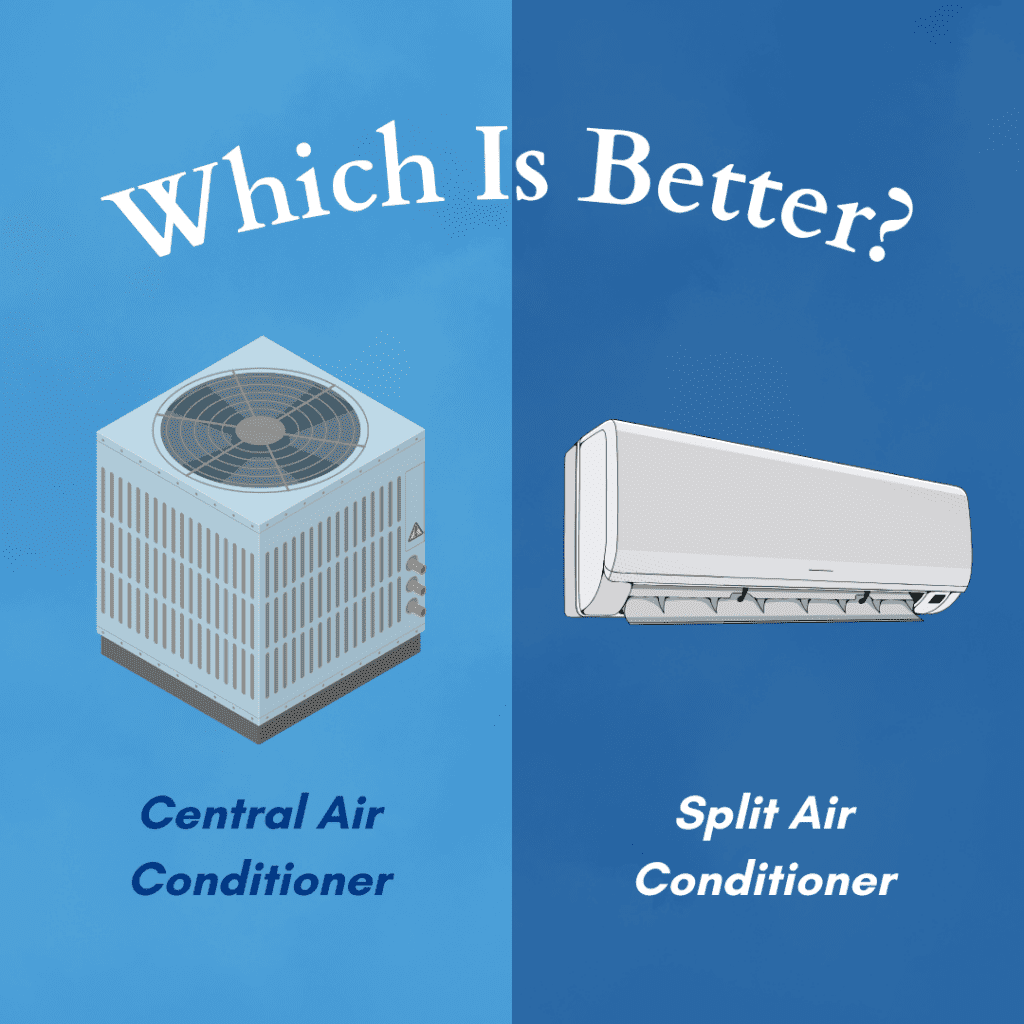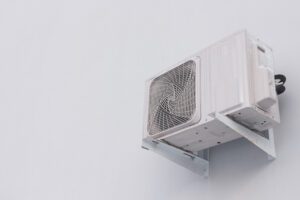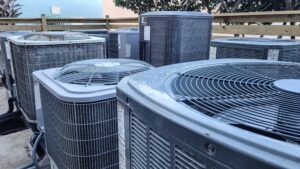When it comes to cooling our homes, air conditioners play a significant role in providing comfort during the scorching summer months. However, choosing the right type of air conditioner can be a perplexing task. With numerous options available in the market, the two most popular choices are central air conditioners and split air conditioners. So, which air conditioner is best, central or split? In this article, we will delve into the key differences between these two types of air conditioners, exploring their features, efficiency, installation, maintenance, and cost analysis. By the end, you will be equipped with the knowledge to make an informed decision for your cooling needs.
Understanding Central and Split Air Conditioners
Before we delve into the specifics, let us first define the central air conditioning and split air conditioning systems.
When it comes to beating the heat, central air conditioning and split air conditioning systems are two popular options that provide relief from scorching temperatures. Both systems have their own unique features and advantages, making them suitable for different situations.
Defining Central Air Conditioning
The central air conditioning system is a comprehensive cooling solution that cools the entire house using a network of ducts. It is like having a cool breeze flowing through every corner of your home, ensuring that no room is left untouched by the refreshing coolness. This system consists of a central cooling unit, typically located outside the house, which distributes cool air through a network of ducts installed in the walls, floors, or ceilings of each room.
Imagine coming home after a long day under the scorching sun and being greeted by a cool and comfortable environment in every room. With central air conditioning, you can achieve just that. The system works by drawing in warm air from inside the house, cooling it down through a refrigeration process, and then distributing the cool air back into each room through the ductwork. This ensures a consistent and even temperature throughout your home, providing you with the ultimate comfort.
Defining Split Air Conditioning
In contrast, the split air conditioning system consists of two main components: an indoor unit and an outdoor unit. This system is a popular choice for those who want to cool specific areas or rooms in their homes. The indoor unit is installed inside the room, preferably high on a wall, while the outdoor unit is placed outside the house. These units are interconnected through refrigerant pipes and electrical wiring, enabling the transfer of cool air indoors and hot air outdoors.
Split air conditioning offers flexibility and efficiency, allowing you to cool only the rooms that are in use, rather than wasting energy on cooling the entire house. This makes it an ideal choice for smaller spaces or for those who prefer to have individual temperature control in different rooms. Additionally, the installation process is relatively simpler compared to central air conditioning, as it does not require extensive ductwork.
Whether you opt for central air conditioning or split air conditioning, both systems offer effective cooling solutions to combat the sweltering heat. The choice ultimately depends on your specific needs, budget, and the layout of your home. With the right system in place, you can enjoy a cool and comfortable environment all year round.
Key Features of Central and Split Air Conditioners
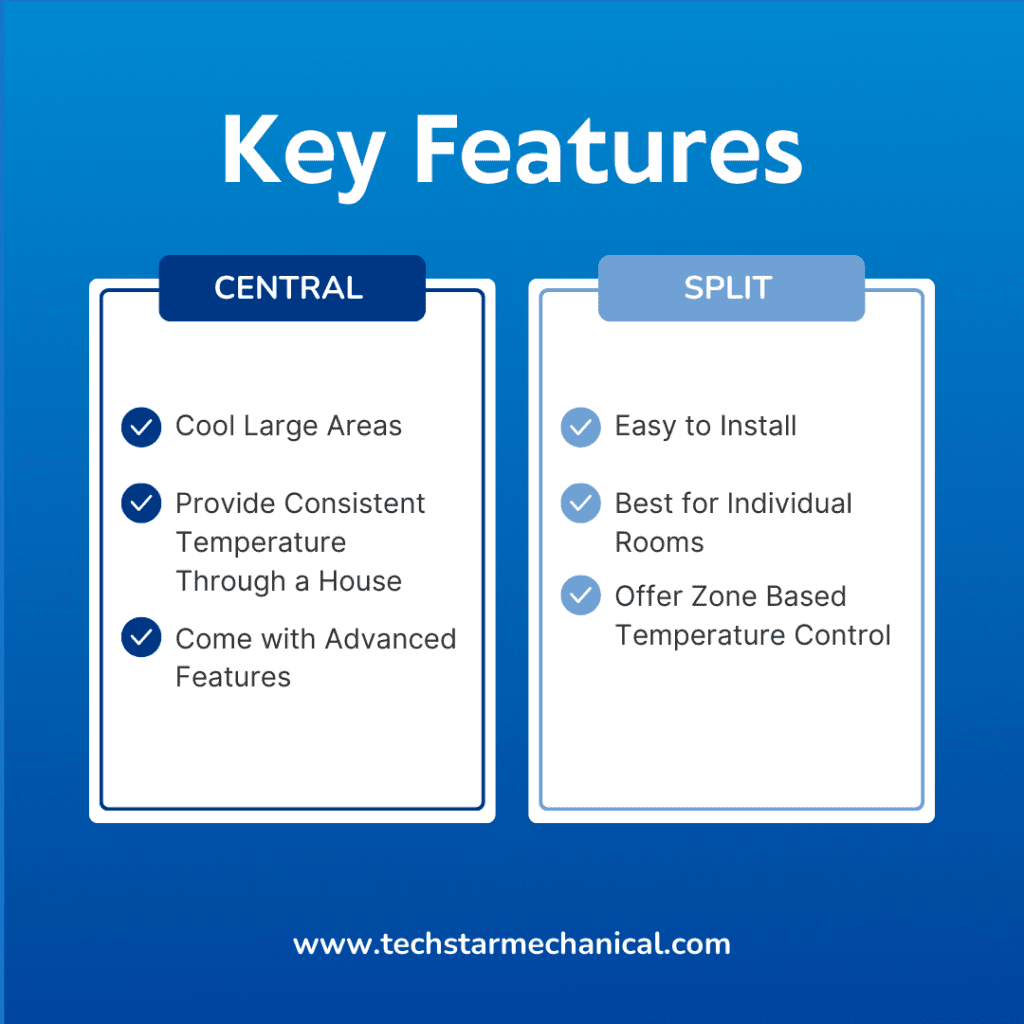
Now, let us examine the features that distinguish central air conditioners from split air conditioners.
Features of Central Air Conditioners
Central air conditioners are known for their ability to cool larger areas, making them ideal for multi-room cooling. They provide consistent temperatures throughout the house, thanks to their centralized cooling unit. Furthermore, central air conditioners often come equipped with advanced features, such as programmable thermostats, air purifiers, and humidity control systems.
Features of Split Air Conditioners
Split air conditioners, on the other hand, are renowned for their versatility and ease of installation. They can be easily installed in individual rooms or specific zones, making them perfect for smaller spaces or areas with varying cooling requirements. Split air conditioners also offer the advantage of zone-based temperature control, allowing occupants to set different temperatures in different rooms.
Evaluating the Efficiency of Central and Split Air Conditioners
Energy efficiency is a crucial factor to consider when deciding between central and split air conditioners. Let’s look at how these two types compare in terms of energy efficiency.
Energy Efficiency in Central Air Conditioners
Central air conditioners tend to have higher energy efficiency ratings compared to split air conditioners. This is primarily because the centralized cooling unit in central air conditioners allows for better control and distribution of cool air throughout the house. By minimizing air leaks through the ducts, central air conditioners can provide efficient and consistent cooling, resulting in energy savings.
Energy Efficiency in Split Air Conditioners
While split air conditioners may not match the energy efficiency levels of central air conditioners, they are still considered energy-efficient cooling solutions. Since split air conditioners are designed for individual rooms or zones, they allow for targeted cooling, reducing energy wastage by cooling only the areas that require it. Additionally, split air conditioners often come with features like inverter technology, which helps optimize energy consumption by adjusting the compressor speed based on the cooling needs of the room.
Installation and Maintenance Considerations

When deciding between central and split air conditioners, it is essential to consider the installation process and maintenance requirements.
Installation Process for Central Air Conditioners
The installation of central air conditioners is a complex process that involves the positioning of the central cooling unit outside the house and the installation of ductwork throughout the interior. This installation process requires professional expertise and may disrupt the normal functioning of the house during the installation period. However, once installed, central air conditioners require minimal maintenance, primarily focusing on routine filter cleaning and occasional professional servicing.
Installation Process for Split Air Conditioners
On the other hand, split air conditioners have a relatively simpler installation process. Since they do not require extensive ductwork, the installation can be completed quickly, causing minimal disruption. Split air conditioners only need a small hole in the wall to connect the indoor and outdoor units. However, it is advisable to seek professional assistance for the installation to ensure proper placement and optimum performance. In terms of maintenance, split air conditioners require regular filter cleaning, occasional coil cleaning, and inspection of the refrigerant levels to maintain optimal performance.
Maintenance Requirements for Central Air Conditioners
Regular maintenance of central air conditioners entails cleaning or replacing the air filters, inspecting the duct connections for any leaks, and ensuring the outdoor unit is free from debris. Additionally, professional servicing should be carried out periodically to inspect the overall system and address any issues that may hinder its performance and efficiency.
Maintenance Requirements for Split Air Conditioners
Maintenance for split air conditioners involves cleaning or replacing the filters regularly, cleaning the indoor and outdoor units, inspecting the refrigerant levels, and checking the electrical connections for any loose or damaged wires. It is also crucial to ensure that the outdoor unit is clear of any obstructions that could hinder airflow.
Cost Analysis: Central vs Split Air Conditioners
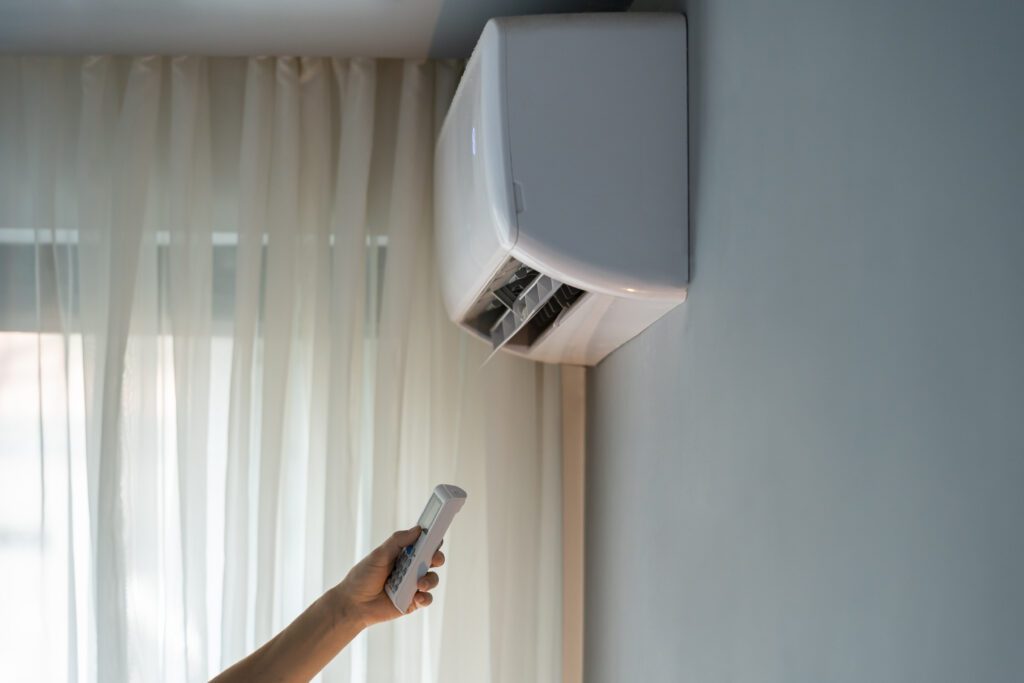
Finally, let’s analyze the cost aspects associated with central and split air conditioners.
Initial Investment for Central and Split Air Conditioners
Central air conditioners generally have a higher upfront cost due to the need for ductwork installation and the complexity of the system. However, they may offer better long-term value as they tend to last longer and provide cooling for a larger area. Split air conditioners have a lower initial investment since they require minimal installation work. However, the cost may vary depending on factors such as the number of units required, the brand, and the energy efficiency rating.
Operational Costs of Central and Split Air Conditioners
When it comes to operational costs, central air conditioners may have higher energy consumption rates due to their larger cooling capacity and reliance on ducts. However, the precise operational costs will depend on factors such as the size of the house, the system’s efficiency, and the local energy rates. Split air conditioners, being targeted cooling solutions, tend to have lower operational costs as they only cool specific areas or rooms.
Now armed with a comprehensive understanding of central and split air conditioners, you can make an informed decision based on your specific needs, budget, and the requirements of your living space. Whether you choose the centralized cooling offered by central air conditioners or the versatility of split air conditioners, you can now ensure that your home remains comfortable and cool throughout t

